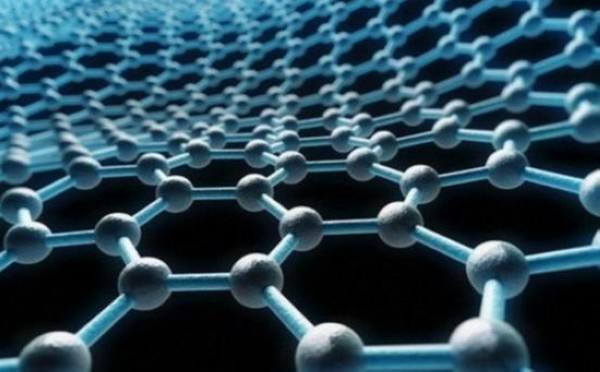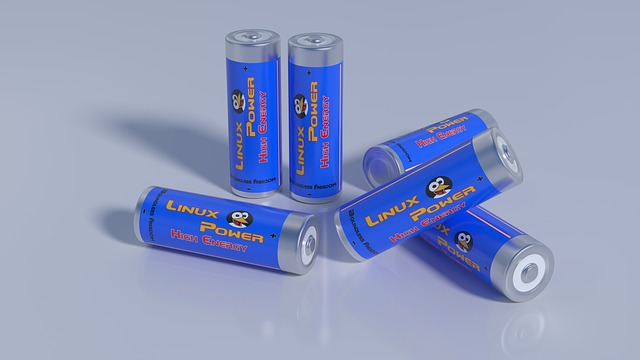Replace NiCD Battery with Lithium-Replacement and Difference
Mar 12, 2020 Pageview:4869
Nickel cadmium (NiCD) and Lithium batteries are both used in electronic devices and light duty mechanical tools as a source of power to keep these devices running. These two batteries are different especially in their internal chemistry which leads to other key differences in their performance and maintenance.
These differences in the internal chemistry means the maximum and minimum operation temperatures and humidity of these two battery technologies can not be the same. This is because the chemical components in the batteries behave differently when subjected to extremely high and low temperatures. In this article, I will share with you the major differences between these two battery technologies and whether you can replace NiCD battery with a Lithium-ion battery.
Can you replace your NiCD batteries with lithium?
Replacing NiCD batteries is very possible as long the ones you are replacing with can fit in the device and also have the same voltage as the NiCD batteries. The most important thing is the batteries to have the same technology. So, it doesn’t change performance no matter the battery technology you’re using. The only thing that will change is how long the battery will last on a single charge. So, replacing your NiCD will give you the following benefits;
Lithium-ion batteries can withstand operating in a wide temperature compare to NiCD batteries. This means if you intend to operate in temperatures that are way higher than the room temperature, you are safer using your devices with Lithium-ion batteries than NiCD.
They don’t have memory effect. Memory effect is when the battery is not able to clearly recall the points of maximum charge and discharge. This leads to displaying improper battery percentages
Lithium-ion batteries are also lighter and smaller thanks to their high energy density. This will eventually make your device to be lighter compared to when you are using NiCD batteries
Lithium-ion batteries also have a lower tendency of self-discharge. This means you can store the batteries for some time and they won’t lose any significant amount of charge.
Despite the above benefits, you will have to pay almost twice more if you intend to replace your NiCD batteries with Lithium-ion batteries. But the investment can be worth it in the long run
How do you replace NiCD batteries with lithium?
Lithium batteries are generally smaller and also have higher capacities than NiCD batteries. In most cases, you may have to replace every 3 NiCD batteries with 1 lithium battery to give you the same power. So, to replace NiCD batteries with Lithium batteries, here are the steps you will have to go through
Cautiously disassemble the battery pack. Most packs are sealed with glue so you may have to use some significant amount of force to unseal them.
Take a look at the voltage of the batteries you are removing and make sure the Lithium replacements also have the same voltage. Replacing batteries with a wrong voltage will heavily affect performance or even burn the circuits of your device.
Assemble the batteries together and fully charge them to equalize their charge. The batteries can be assembled together using the same conductor that was on the original batteries. Simply solder this same conductor onto the terminals
Put the batteries back into the battery pack and fit them in the machine again
What is the difference between lithium and NiCD batteries?
Both types of technologies do the same job but they have differences in the way they are made which significantly affects their durability; Here are some of the differences
Internal chemistry.
As far as internal chemistry is concerned, Lithium-ion batteries use graphite as the anode (negative terminal), lithium oxide as the cathode (positive terminal) and lithium salt as the electrolyte. On the other hand, NiCD batteries use cadmium for the?anode, nickel oxyhydroxide for the cathode and aqueous potassium hydroxide as the electrolyte.
Charge cycles
The charge cycles of the NiCD batteries largely depend on how you charge and discharge your battery. For more charge cycles in the lifetime of these batteries, you always need to fully charge and discharge these batteries to avoid memory effect issues. When they are properly charged, these batteries can even reach 1000 charge cycles before the battery reduces to half its capacity. On the other hand, Lithium-ion batteries can go up to 1200 charge cycles. These do not require a lot of attention when it comes to charging and discharging.
Self-discharging
NiCD batteries have a higher tendency of discharging even when not being used which is not the case for Lithium batteries. This means you will always have to recharge NiCD batteries if you take a couple of days without using your battery powered device/tool
Operational temperatures
Lithium batteries can be used in environments with a wide range of temperatures than NiCD batteries. This is because elements within the Lithium batteries have a higher melting temperature that helps them to significantly withstand higher temperatures
Energy density
Energy density is basically the amount of energy packed in a battery per unit volume. In this aspect, Lithium-ion batteries have a higher energy density than NiCD batteries. This is why they are normally smaller and will always be the best choice if portability is a priority while making a particular device.
Conclusion
NiCD and lithium batteries can both be used to power light-duty mechanical tools and electronic devices. But the choice between the two will entirely depend on how much you are willing to spend. This is because Lithium-ion have a lot of advantages over NiCD battery technology. However, the manufacturing cost of batteries with Lithium-ion technology is almost twice as expensive as NiCD. Another point to note is that NiCD batteries also have hazardous effects on the environment. They contain heavy metals which have negative effects if the batteries are not properly disposed. Lithium-ion batteries on the other do not have serious negative effects to the environment.
Leave Message
Hottest Categories
-
Hottest Industry News
-
Latest Industry News












